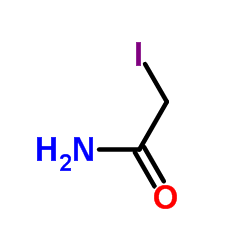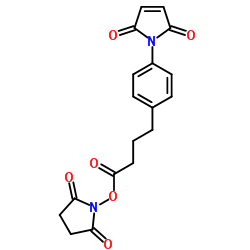| Structure | Name/CAS No. | Articles |
|---|---|---|
 |
Iodoacetamide
CAS:144-48-9 |
|
 |
succinimidyl 4-(p-maleimidophenyl)butyrate
CAS:79886-55-8 |